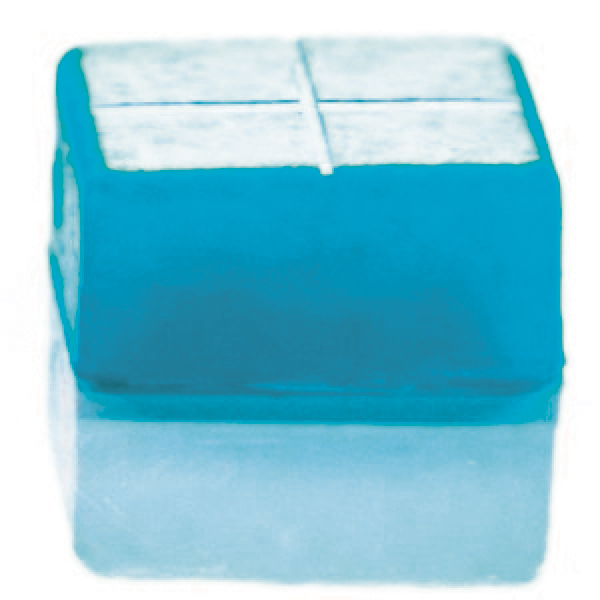Navigating the Ketamine Maze for Treatment-Resistant Depression
There are vast amounts of information and research on the use of ketamine for treatment-resistant depression. A simple Google search generates numerous results for ketamine infusion clinics, online ketamine services, and at-home therapy options, among others. Still, so many options can be overwhelming, making it challenging to navigate and determine if ketamine is a suitable treatment option. With this in mind, the medical and clinical teams at reKonnect Wellness in Georgetown are pleased to provide guidance for individuals considering ketamine as a potential solution for their depression.
TREATMENT TYPES

Ketamine for treatment-resistant depression can be administered in several ways: intramuscularly via hypodermic needle (IM), by intravenous drip (IV), taken in oral form as a troche1 or—under the brand name Spravato—sprayed into the nostrils. It is important to note the differences significantly influence the effectiveness of the therapy for each individual.
BIOAVAILABILITY
Understanding bioavailability is crucial when considering ketamine administration. Bioavailability refers to the amount of ketamine that effectively reaches the bloodstream after administration. Typically, the higher the bioavailability, the bigger the impact on the brain. When ketamine is administered intravenously, 100 percent of the drug administered will reach the blood stream immediately. This means 100 percent of the ketamine dose will reach the brain and cause positive shifts in brain activity.
When given intramuscularly, bioavailability is 93 percent, and concentrations of ketamine will rise within a few minutes. Both IM and IV administration allow the chemical to reach predictable and therapeutic levels in a very short amount of time. Due to the rapid onset and potential intensity of the effects, it is essential that IV and IM administrations take place in a controlled environment under direct medical supervision.
In contrast, Spravato nasal spray has a bioavailability of approximately 48 percent and can be done at home. Similarly, oral troche administration is also conducted at home, but its bioavailability is around 25 percent.
It is important to note these latter two forms of ketamine administration have limitations due to their lower bioavailability. Consequently, the amount of ketamine that can be administered is significantly restricted, and the quantity that reaches the brain can vary considerably from person to person. Research indicates the therapeutic effects of Spravato and ketamine troches are significantly lesser compared to intravenous and intramuscular ketamine administration.
FIND OUT HOW, WITH NOTHING TO LOSE
ReKonnect Wellness offers IV and IM ketamine, under close medical supervision, at their local clinic. This regulated setting provides clients with a safe, well controlled environment where safety and well-being are the priority. Individuals interested in learning more about ketamine therapy can reach out for a free, no-obligation consultation with an experienced provider.
